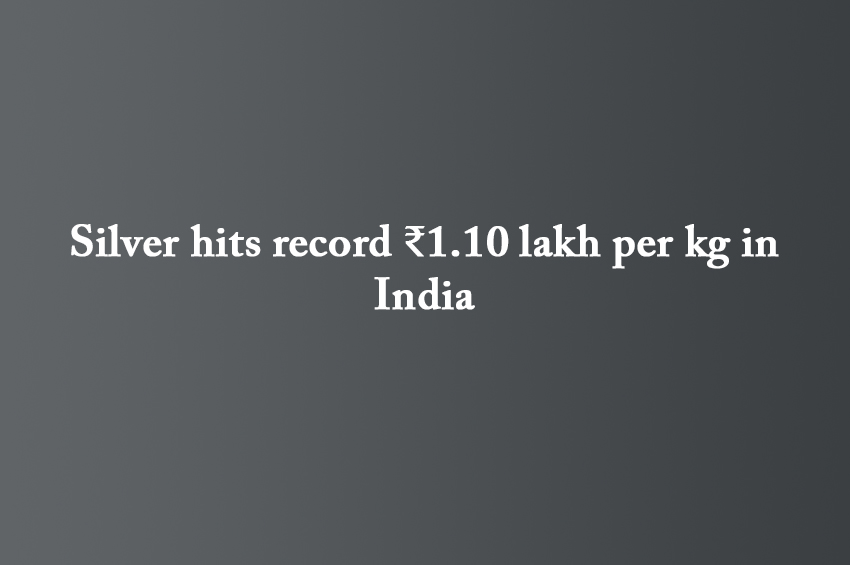Winning Bizness Desk
Mumbai. On July 11, silver prices in India crossed ₹1.10 lakh per kilogram for the first time ever. According to the India Bullion and Jewellers Association (IBJA), silver rates have surged by ₹24,273 so far in 2024, delivering a return of nearly 28% this year. The significant jump has caught investor attention, with experts projecting further rise due to growing industrial demand.
Prices may go up to ₹1.30 lakh this year
Ajay Kedia, Director at Kedia Advisory, stated that industrial demand for silver is witnessing a revival. Given this trend, he expects silver prices to climb further and possibly touch ₹1.30 lakh per kg by the end of this year. He attributes this surge to rising usage of silver in various industrial sectors, making it a potentially lucrative commodity for medium-term investors.
Silver ETFs gaining traction among investors
With physical silver becoming expensive and less accessible, Silver Exchange-Traded Funds (ETFs) are emerging as an attractive alternative. Investors can buy silver ETFs just like stocks on platforms such as NSE and BSE using their demat accounts. These funds allow entry at low costs—starting from just ₹100—making silver investments more inclusive and liquid.
Understanding what Silver ETF means
A Silver ETF is essentially a fund that mirrors the market price of silver. It allows investors to gain exposure to silver without having to physically purchase or store the metal. The fund houses manage the physical silver—usually of 99.9% purity—while the investor buys and sells ETF units on stock exchanges, like any equity share.
How does a Silver ETF function?
Fund houses buy actual silver and hold it in secure vaults. The value of an investor’s ETF units rises or falls based on market fluctuations in silver prices. If silver rates go up, the ETF’s value increases accordingly. The ease of buying and selling ETFs through regular market hours makes it a flexible and hassle-free option for investors.
Advantages of investing in Silver ETFs
Silver ETFs allow buying in small quantities, such as single units priced around ₹100. The digital nature of the investment eliminates the risks of theft and storage cost, unlike physical silver. Moreover, investors can easily sell their ETFs anytime during trading hours in case of urgent financial needs, providing better liquidity and safety.
Risks and selection tips for investors
Despite its advantages, silver ETFs also carry risks. The price of silver can fluctuate sharply based on global market sentiment or changes in industrial demand from sectors like solar, electronics, and healthcare. When selecting an ETF, investors should look for funds with a good track record, low management fees, and minimal tracking error. A long-term perspective of 3–5 years is advisable due to short-term price volatility.
Summary Pointers
- Silver touched a record ₹1.10 lakh/kg on July 11 in India.
- Prices have risen by ₹24,273 so far in 2024, giving 28% returns.
- Expert predicts silver could reach ₹1.30 lakh/kg due to rising demand.
- Silver ETFs allow investment in silver without physical storage.
- Minimum investment in Silver ETF starts from ₹100 via demat account.
- ETFs are safer, more liquid, and easier to trade than physical silver.
- Investors should choose low tracking error ETFs and invest long-term.


